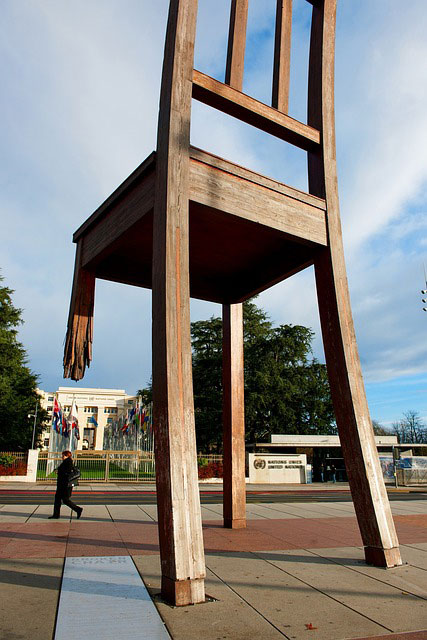Part 3: Hard landscaping
4. Scale and dimension
It is important when designing hard landscape features to consider the scale of them. A thick, high wall in a small garden might look domineering, a tiny patio in the corner of a massive garden might look a bit pathetic.
The scale of a feature must be practical so that it functions well, and it also must be aesthetically pleasing, so that it looks nice in the landscape.
When drawing features into your design get used to measuring objects so that you can be accurate in your designs, for example:
- How big is a wheelie bin and so what size would a bin store need to be?
- How high is the seat of a chair?
- How long is a bench that can seat three people?
- How wide is a path that two people can walk along side by side?
- How wide is a garden gate?
- How thick is a drystone wall?
It is useful to have many of these measurements to hand when designing.
It can also be fun to break the rules of scale occasionally, putting unusually big or small features into a landscape to create a sense of fun.




Do an internet image search for terms like the following, to see how landscaping can be used at different scales:
- Miniature garden
- Large garden statue